Pam Knox
-
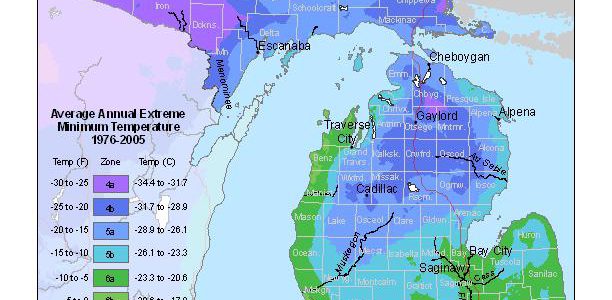
Since I grew up in Grand Rapids MI downwind of Lake Michigan, I know how much the lake can affect local temperature and weather conditions in the area. AgWeb has a nice write-up of the impacts of the lake on farmers in northern Indiana, which is also affected by the lake, especially in winter and…
-

I spent today at a workshop in Rock Eagle, the 4-H camp near Eatonton GA, working with 4-H agents on ways to teach weather and climate in the classroom and in 4-H camp programs. The documentation for the toolkit is online and anyone can use it. The 4-H Weather and Climate Variability Toolkit is a collaborative…
-
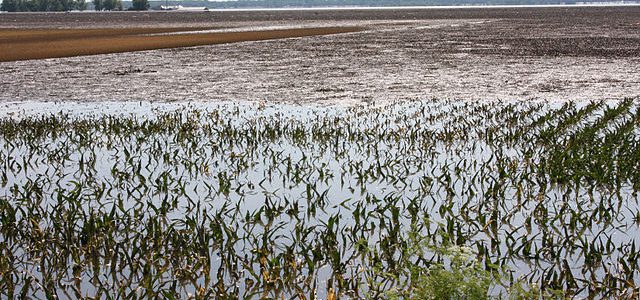
AgWeb posted an article this week from Ben Potter on how standing water in the fields can affect young corn plants. While parts of the Southeast are in drought, many areas of southern Georgia and Alabama have experienced a lot of rain and some fields are quite wet. Corn is especially susceptible to problems if flooding…
-

The Packer noted this week that the cherry harvest in the Pacific Northwest will be record-setting for some producers. They attribute this to a warm spring which hastened blooming of cherry trees and helped set a lot of fruit quickly. You can read the article here.
-
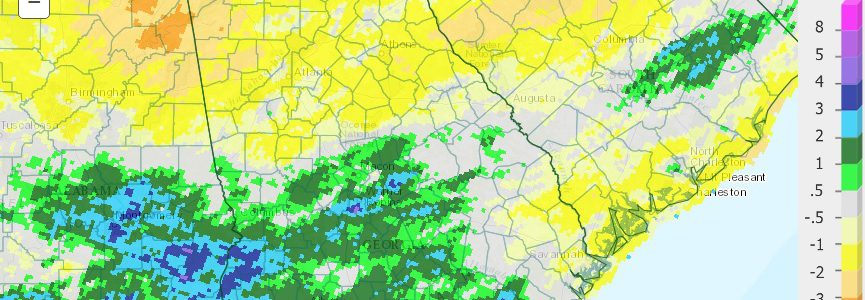
Rainfall varied widely across the state in April. Heavy rain fell in the southern half of the state while the northern portion was mainly quite dry, leading to the development of moderate drought in the northeast counties. Temperatures almost everywhere were above normal for the month. Tornadoes were observed on April 1 and 6.…
-
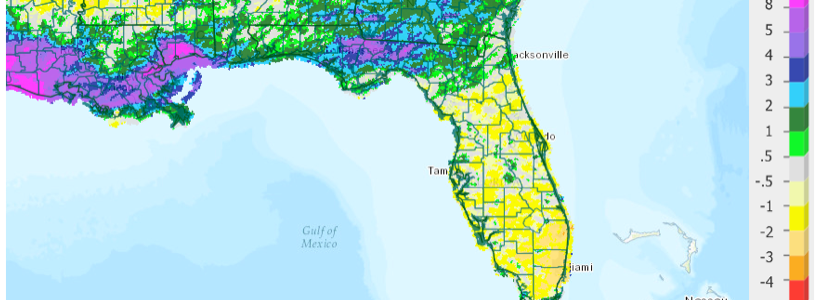
The latest climate summary for Florida is now available for April 2016. You can read it at https://climatecenter.fsu.edu/products-services/summaries/climate-summary-for-florida-april-2016.
Posted in: Climate summaries -
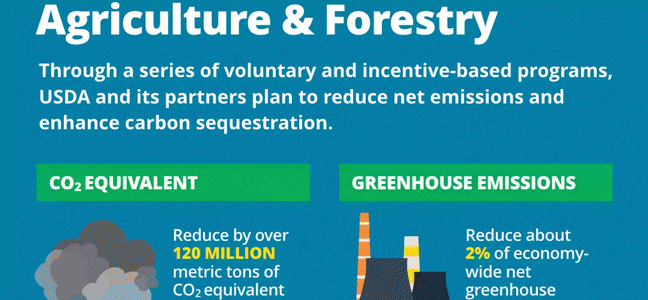
The USDA has a new detailed posting on Medium.com describing how their work in agriculture and forestry are helping producers to deal with changes in climate and other long-term risks over time. You can read their review article at https://medium.com/usda-results/how-food-and-forestry-are-adapting-to-a-changing-climate-2f5b84bff9c0#.dcpt7pnr9. The USDA has supported this blog since it started through grants that help pay my salary…